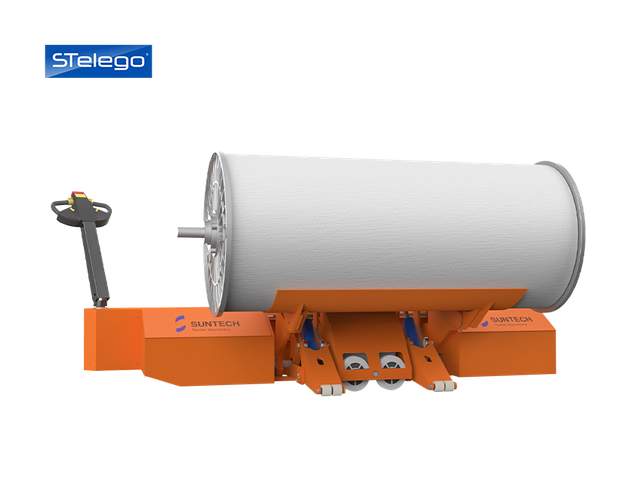In the realm of logistics and supply chain management, material handling equipment plays a pivotal role. But what is material handling equipment? It encompasses a wide range of devices used to transport, store, and control materials throughout the manufacturing, warehousing, and distribution processes. Understanding these tools is essential for optimizing operations and enhancing productivity.

What is Material Handling Equipment?
Material handling equipment refers to the various tools and machinery that facilitate the movement and storage of goods. This equipment is crucial in minimizing manual labor, reducing the risk of injury, and improving efficiency. Common types include:
- Conveyors
- Forklifts
- Pallet jacks
- Stackers
- Crane systems
Types of Material Handling Equipment
Understanding the different types of material handling equipment can help businesses choose the right tools for their specific needs. Here are some key categories:
- Transport Equipment: This includes forklifts, pallet trucks, and conveyors, which are designed to move materials from one location to another.
- Storage Equipment: Racks, shelves, and bins fall under this category, providing a systematic way to store materials efficiently.
- Unit Load Formation Equipment: This equipment, such as pallets and containers, helps in grouping items for easier handling.
- Control Equipment: Systems like automated guided vehicles (AGVs) and warehouse management systems (WMS) help in monitoring and controlling the flow of materials.
Applications of Material Handling Equipment
The applications of material handling equipment are vast and varied. Industries such as manufacturing, retail, and logistics utilize these tools to streamline operations. For instance, in a warehouse setting, conveyors can significantly reduce the time taken to move goods from one area to another. Similarly, forklifts are essential for lifting heavy items, ensuring safety and efficiency.
Benefits of Using Material Handling Equipment
Investing in quality material handling equipment can yield numerous benefits:
- Increased Efficiency: Automated systems reduce the time taken for manual handling.
- Enhanced Safety: Proper equipment minimizes the risk of workplace injuries.
- Cost Savings: Efficient handling reduces labor costs and improves overall productivity.
In conclusion, understanding what is material handling equipment and its various types and applications is crucial for any business involved in logistics and supply chain management. By leveraging the right equipment, companies can enhance their operational efficiency and ensure a safer working environment. For more information on material handling solutions, visit  .
.








